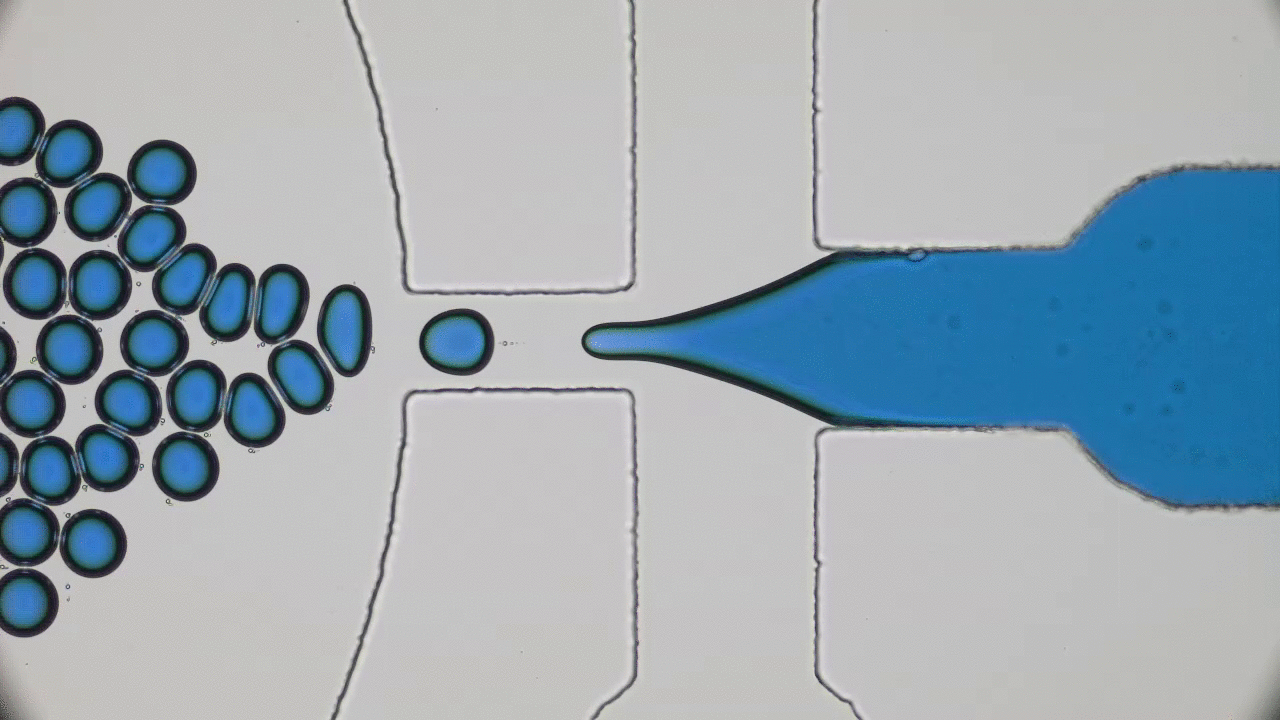In the beginning there was… what, exactly? Uncovering the origins of life is a notoriously difficult problem. When a researcher looks at a cell today, they sees the highly-polished end product of millennia of evolution-driven engineering. In today’s paper, David Zwicker, Rabea Seyboldt, and their colleagues construct a relatively simple theoretical model for how liquid droplets can behave in remarkably life-life ways.
Knotty DNA
Try taking out your earphones from your pocket and, in all probability, you’ll find knots and entanglements between the ends. As it turns out, this knotting effect is not limited to macroscopic objects, but occurs on the nanoscale as well. A DNA molecule that carries the genetic information of a living organism is actually a long string-like polymer, so you can imagine that it would also get tangled up just like the cords of your earphones. In today’s paper, Calin Plesa and his colleagues at TU Delft are able to observe and measure these knots in DNA strands and uncover behaviour which has not been observed before.
Termite Climate Control
Termites are among nature’s most spectacular builders, constructing mounds that can reach heights of several meters. Relative to the size of their bodies, these structures are considerably larger than the tallest skyscrapers constructed by humans [1]. Surprisingly, in many termite species, individual termites don’t spend much time in these mounds. Instead, they live in an underground network of tunnels and chambers that can be home to millions of individual insects. But, if not to live in them, why do termites build such intricate and gigantic above-ground structures [2]?




